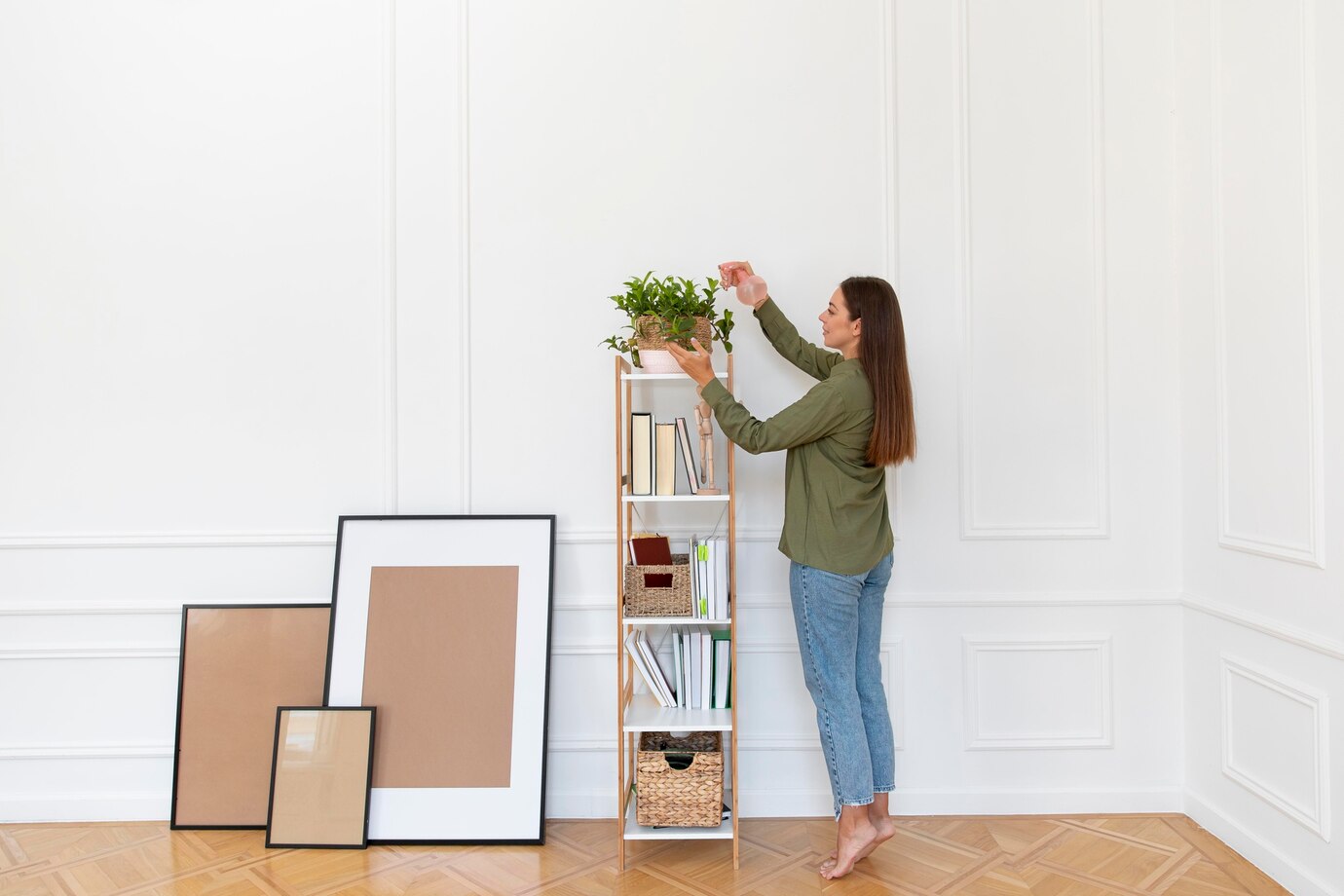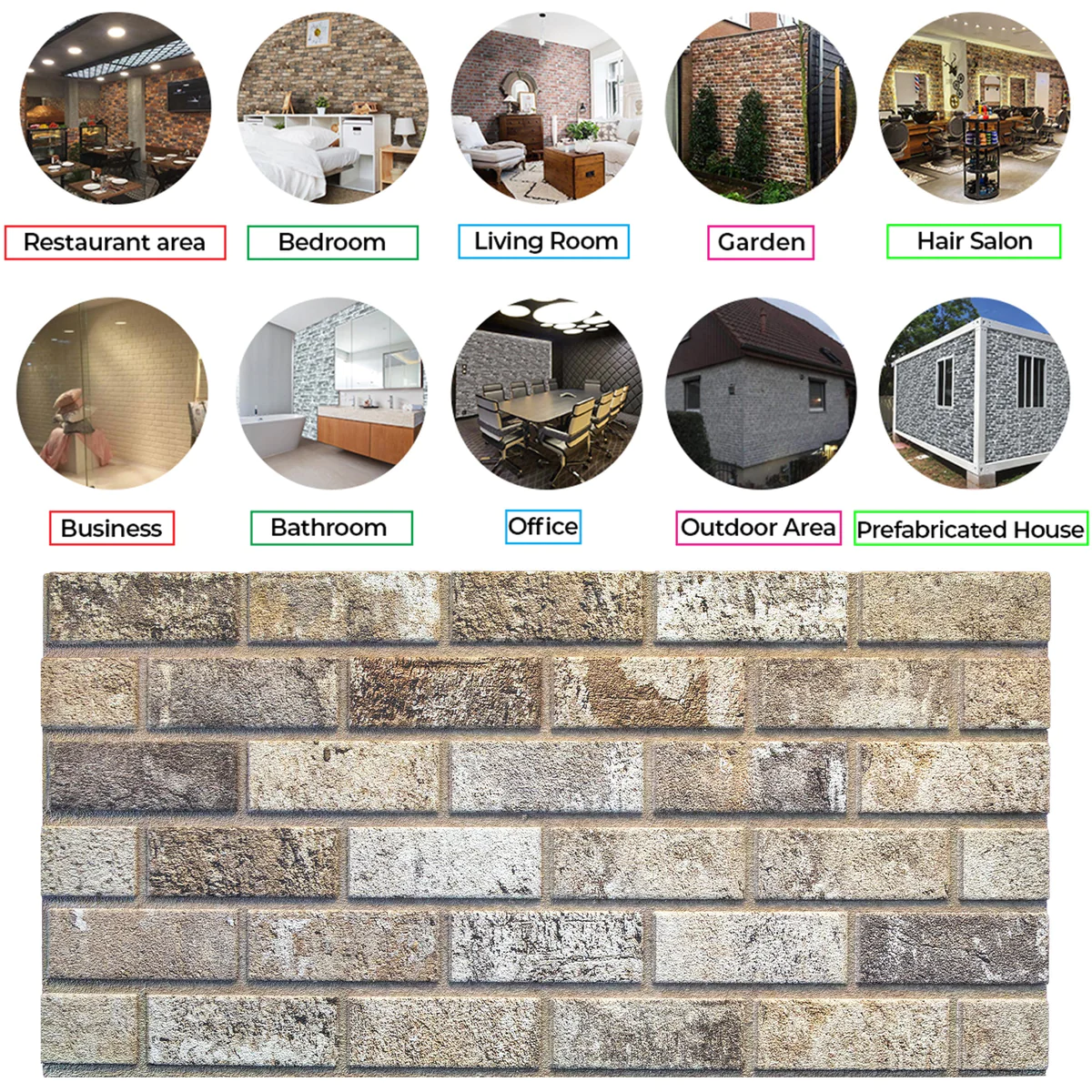The Architect’s Palette: Exploring Colors in Design

We all know architects design buildings, but have you ever thought about their “palette”? Sure, they deal with materials like steel and concrete, but color plays a surprisingly vital role in shaping the spaces we inhabit. From the calming blues of a beach house to the energetic yellows of a school playground, color in architecture is more than just aesthetics – it’s a powerful tool.
Imagine a world where buildings were just bland concrete boxes. Yawn, right? Color breathes life into structures, influencing our moods and experiences within them. A warm terracotta facade might evoke a sense of Mediterranean charm, while a cool, glassy skyscraper embodies modern efficiency. Color is a language that architects use to tell a story about the building’s purpose and personality.
But the architect’s palette isn’t just a box of crayons. It’s a strategic consideration that takes into account several factors. Here are a few key things architects think about when choosing colors:
- Context and Surroundings: Imagine a bubblegum pink house plopped down in a historic district. It would clash, right? Architects consider the building’s environment, both natural and man-made, to create a harmonious relationship. A beach house might use colors that reflect the sand and ocean, while an urban building might complement the surrounding brick or steel.
- Purpose and Function: A vibrant green might be perfect for a lively pre-school, but not so ideal for a serene spa. Architects consider the building’s function when choosing colors. A hospital might use calming blues and greens to promote feelings of well-being, while a museum might use bolder colors to create a stimulating environment.
- Psychology of Color: Did you know that colors can actually affect our moods and behaviors? Architects tap into this knowledge to create specific atmospheres. For example, red can energize, while blue can promote calmness. By understanding how colors influence us, architects can design spaces that support the intended activity.
Architects also use color to manipulate our perception of space. Lighter colors can make a room feel bigger and airier, while darker colors can create a sense of intimacy. Clever use of contrasting colors can highlight architectural features or create a sense of flow through a building.
So next time you admire a building, take a moment to appreciate the architect’s palette. The colors you see aren’t just random choices – they’re part of a deliberate strategy to create a specific experience. From the grand halls of museums to the cozy nooks of your own home, color is silently shaping the way we interact with the built environment.










